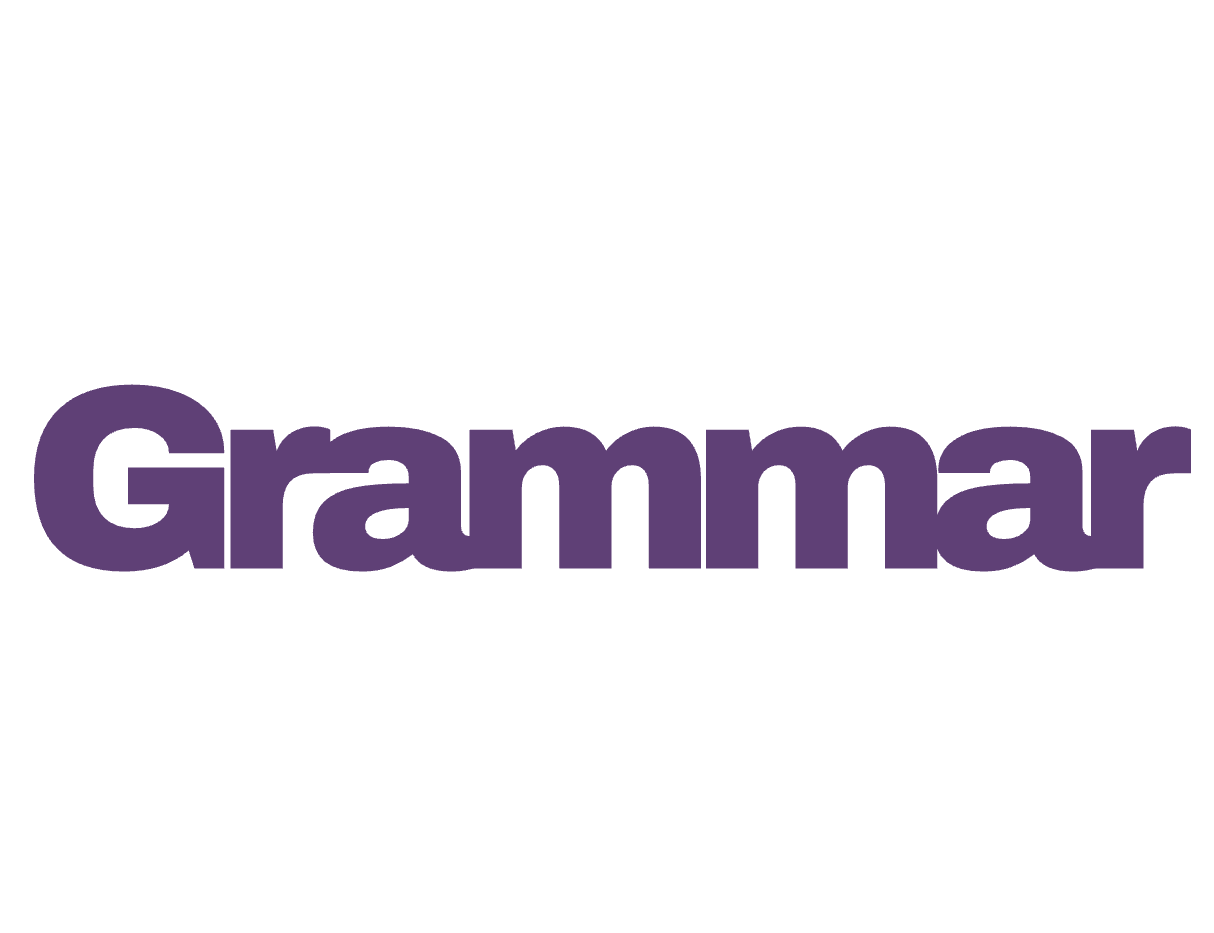Learn English

О курсе
Practise your English grammar with clear grammar explanations and practice exercises to test your understanding. The learning materials are organised into two sections, organised by English level.
All learners, whatever their level, have questions and doubts about grammar as they’re learning English. There is also a grammar reference which helps to explain the verb tenses and grammar rules in a clear and simple way.
Decide which area of grammar you need help with today and choose a grammar point to work on. When you do the interactive exercises, you can see how well you’ve done. By revising and practising your grammar you will increase your confidence in English and improve your language level.
Practising little and often is the best way to improve your grammar, so come back tomorrow to choose another grammar point to work on.
Содержимое курса
How to Use Must, Have to and Should
-
How to Use Must, Have to and Should
11:20 -
QUIZ: How to Use Must, Have to and Should
Adverbs in English
Using Would Have, Could Have, Should Have
Оценки и отзывы студентов
